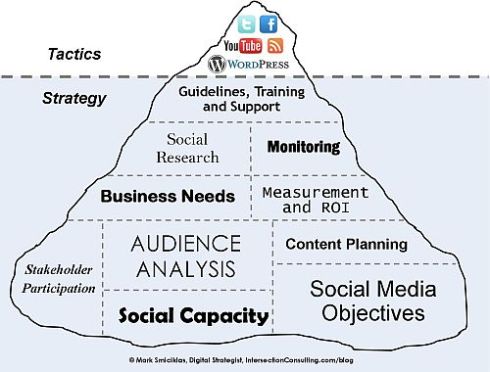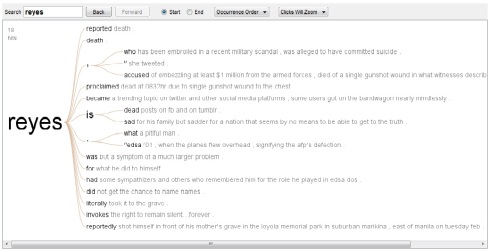When asked what the business rules about Social Media are, I am stupefied. I tried high and low to search what there is about such “rules” and even attempted to define what such rules are by labeling them “always-never” business rules.
I realized I cannot know what the Social Media business rules are.
There are numerous guides, experiences, recommendations, and great stories about successful ventures using Social Media. But it seems to me, after searching, there are no rules. What there is are practices that have worked in particular fields of industries that have advanced faster in the use of it.
One such field is media marketing, akin to advertising which is in essence marketing communication.
However, Social Media do not comprise all of the Social Web and its technologies alone. It denotes three general areas of the social sphere of the Web: relevancy (by strict definition, usefulness); networks (people); and last, the media as the communication vehicle of people to exchange or share objects that are meaningful among people–at a certain space of time at a certain location.
Digital strategist Mark Smiciklas of Intersection Consulting depicts the social media as the tactic and mere tip of the Social Media Iceberg. He has combined the aspects of business, people, and efficacy of social media into a strategy framework–a balanced scorecard that stacks up a range of activities in the entire social media value chain.
What lies underneath the use of social media are strategic components to make the media work: how it really can work with people and how people must work it up.
Organizations that adopt social media may employ the best and brightest people. A lot has done it. And many businesses have deployed good social media marketing efforts. But in many other organizations, people and strategy may be hamstrung by their own organizational inertia, multilayered hierarchies, cumbersome decision processes, lack of focus, setting off-tangent or mis-aligned goals, or simply having little perspective to tackle the complexities to take on a culture that promotes successful use of Social Media: being open or cutting across function silos.
Social media marketing efforts succeed because they are driven by marketers. That has always been the way advertising works. At a future state of maturity of Social Media in business, however, gatekeepers of product or brand management may become at a certain point the bottleneck in catapulting the true potential of Social Media.
Book author David Vinjamuri, president of ThirdWay Brandtrainers, states in his article “Want to Open a Dialogue with Consumers? Start from Within” that the challenge for many organizations is that in the last decade, digital and interactive media [social media in today’s guise], was often “greenhoused”–assigned to a small group with an independent budget.
Acting like media networks, with marketing akin to it, groups within companies who “own the media networks” come flat without real great block-timer shows to put up. There are always the social media actuators but with few social media actors.
Following the traditional media network mind set: while there might be producers of ” shows” on social media, the shows must have a good concept, a compelling script, a campaign-able story line, and the most important component of all to have great actors who will portray the heart and soul of the story.
An audience to such great shows attach themselves to the actors–seldom with the backstage or production people–even with the show’s directors or producers.
The big difference though between media network shows and a social media “show” is in social media story, producer, writer, director and actor can be one and the same–whether they be people within an organization, or corporations, or individuals like you and me.
In his book Accidental Branding: How Ordinary People Build Extraordinary Brands, David Vinjamuri underscores the singularity of brands’ stories as told by its creators. Such moving stories create new meanings as stories are passed from one audience to another. Audience becomes storyteller themselves. And on and on can stories ripple out to people who will build upon these brands’ new contexts and relevance.
In all so far that I have observed, nameless people are the true actors, our storytellers and audience at the same time, on Social Media–in their own contexts of space, time, and with their own things or stories to share.
There is not one shoe that fits. People are the Golden Rule of Social Media.
My appreciation to Mark Smiciklas for allowing me to use his Social Media Iceberg. And to David Vinjamuri who has inspired me via his book and insights about Social Media in marketing.




